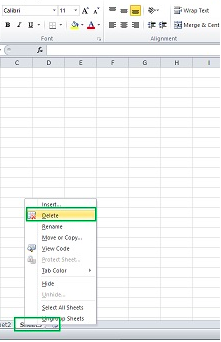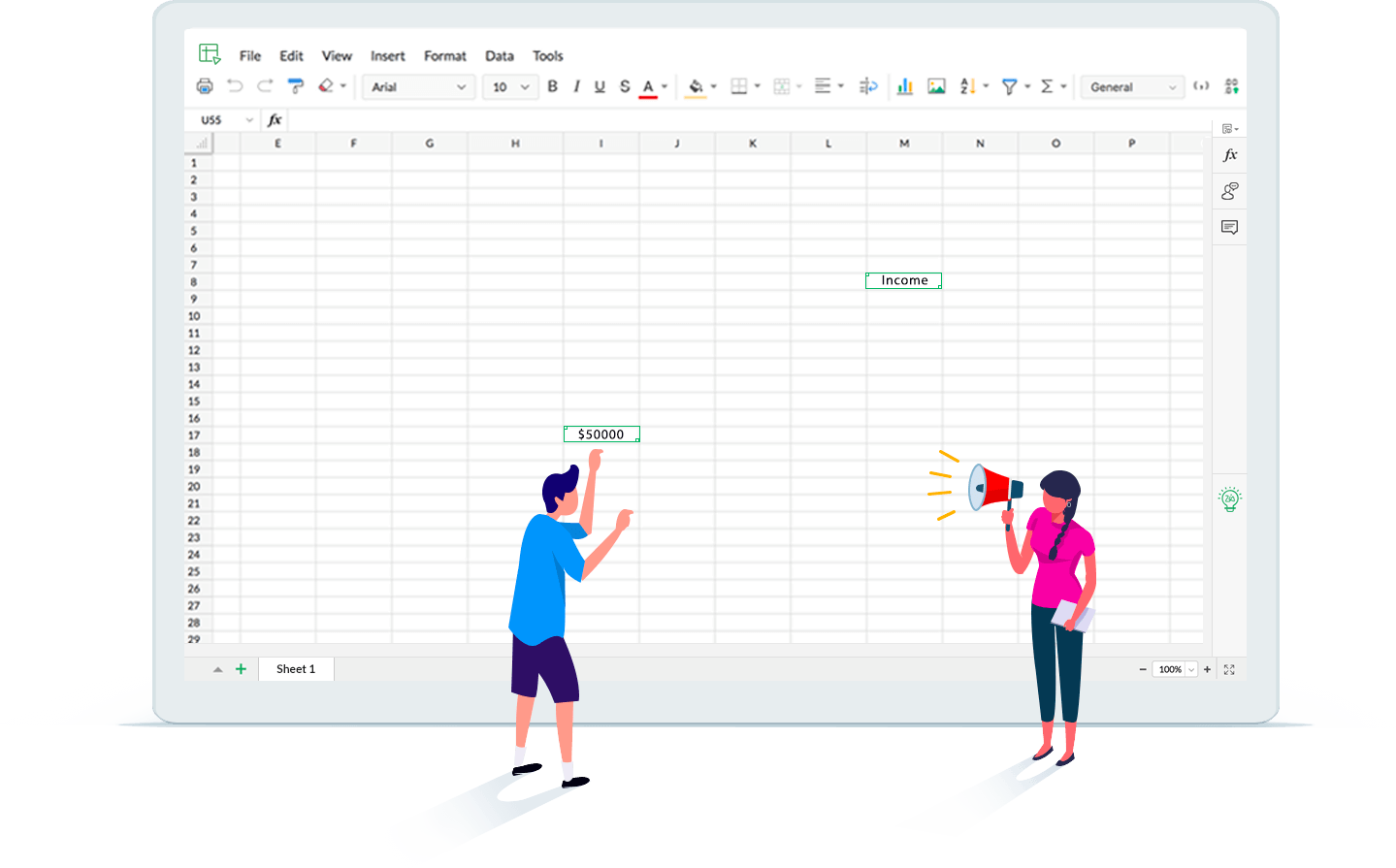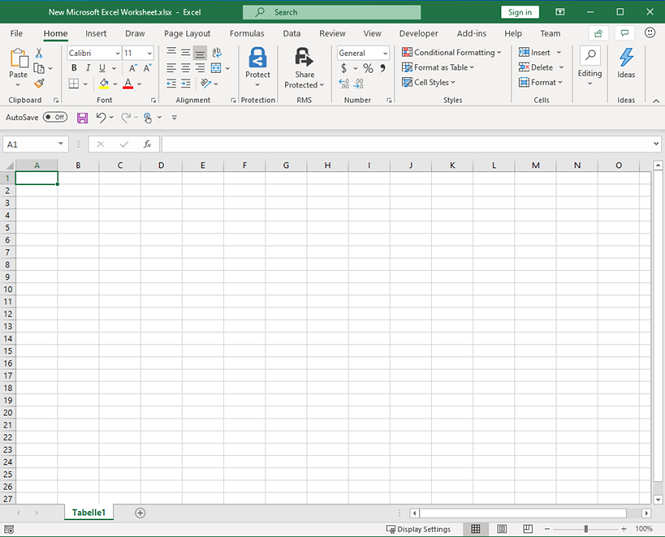

Specifies the row number to use for column names.

No – Generate default names for the columns, ignoring those in the file. If a cell contains a number, then it will be prefixed with “_” to ensure it is a valid Genstat identifier name. Yes – Use the cells specified in the Column names in row option. A default column name will be generated for an empty cell. Yes if all labels – Read the column names from the row specified in the Column names in row option if all the cells in this row contain labels only or are empty. Text in these rows can still be used for column names or descriptions – see next option below.Ĭontrols whether the imported column names are used. This is useful to exclude any comments that made have been made in the worksheets. The first specified number of rows will be excluded from the spreadsheet. If the column contains less than 20% text cells, the column will be made into a variate, otherwise the column will be converted into a factor. However, you can keep the empty columns by deselecting this option.Īny column containing text will be converted to either a variate or factor. Select Suggest converting columns with <=x unique items to factors and set the number as required.īy default, any columns that do not contain data are removed from the Genstat spreadsheet. You can set the number of repeated values in Tools | Spreadsheet Options then click the Conversions tab. Genstat will prompt you to convert columns to factors when the column contains x number of repeated values. If your data contains factor columns this option will sort the numeric levels (or text labels) into ascending order.


If the sheets are identically structured (same column names, same column types of factor/text, etc.) then these can be combined into a single spreadsheet. Sometimes data for separate categories or trials will have been entered on separate pages within a workbook. To append worksheets that are spread across several files see Appending data from Multiple files.
Excel sheet how to#
The following topic explains how to append one or more worksheets that are contained in a single Excel workbook.


 0 kommentar(er)
0 kommentar(er)
